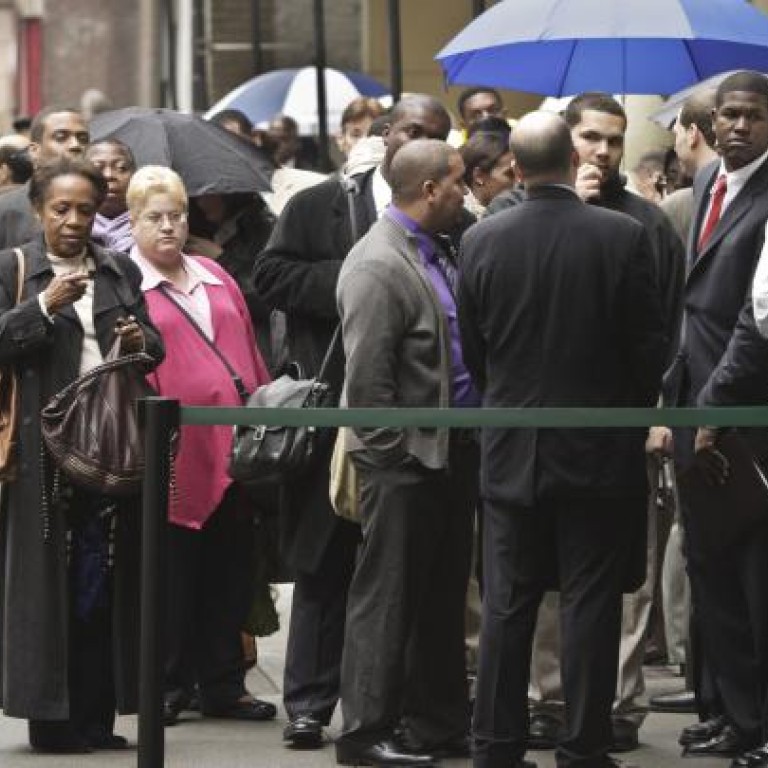
No reason to cheer 'growing' US economy
Humayun Shahryar and Santi Rasanayagam say closer analysis shows America is in recession
Despite some recent data indicating an uptick in US growth, underlying fundamentals such as job growth remain very weak. The stronger third-quarter gross domestic product figure was largely a function of government spending, which is unlikely to repeat itself in the context of the looming fiscal cliff.
It's worth remembering that early GDP figures are often reported positive even after a recession is already in progress. Waiting for two consecutive quarterly declines in GDP can be a misleading way of gauging recession risk because that pattern sometimes doesn't emerge until much later, if at all.
Our analysis shows that the US is already in recession and we expect the data to be revised down over the coming months.
The combination of a recession in the US and the Federal Reserve's accommodative monetary policy will negatively affect Asia through falling export demand and rising inflation. For instance, year over year, exports have been negative in South Korea in four of the past five months, implying the slowdown in Asia is already under way (Taiwan, Thailand, Singapore and Malaysia have also experienced slowing exports) and will intensify over the coming months.
Industrial production and employment will trend lower over the coming months as companies reduce output in response to faltering foreign demand. The lack of social safety nets such as unemployment insurance and health-care benefits will force households to increase savings, thereby exacerbating the slowdown.
Foreign direct investment into Asia will slow as companies and investors remain wary of committing long-term capital at a time of tepid global growth. For example, China has printed negative year-on-year growth figures in foreign direct investments over the past quarter. Portfolio flows, which are volatile, are likely to reverse as risk aversion forces investors to seek safe-haven currencies like the US dollar. This, along with a smaller trade surplus in Asia, will result in reduced liquidity as the pace of foreign exchange reserve accumulation slows.
Domestic-demand-driven economies like Indonesia will probably be less affected by the US recession. Further, the low level of government debt provides Indonesia with the ability to pursue fiscal stimulus to counter a slowdown in growth. In Sri Lanka, political stability and infrastructure spending should contribute to relatively robust growth.
A perfect storm of lower growth, higher inflation and social instability looks set to dominate and investors counting on Asia to drive global growth should brace themselves for a rough ride.
